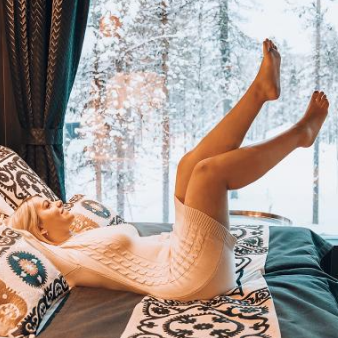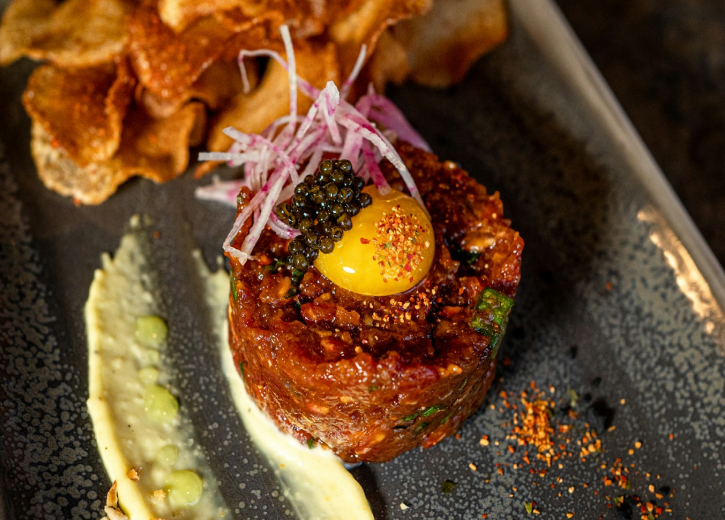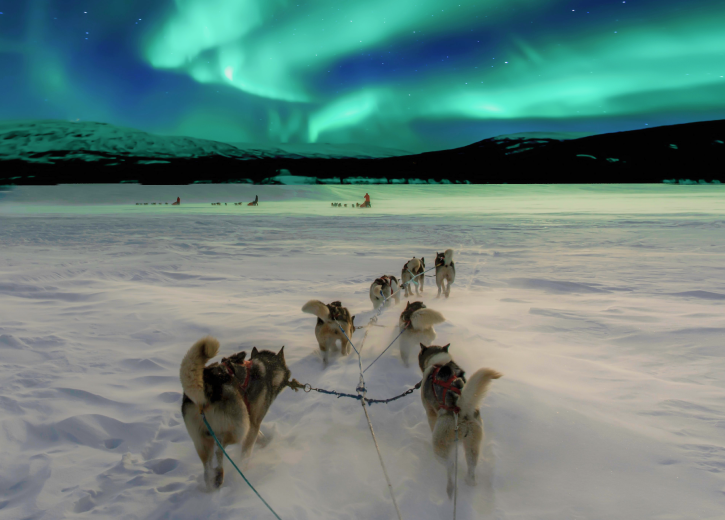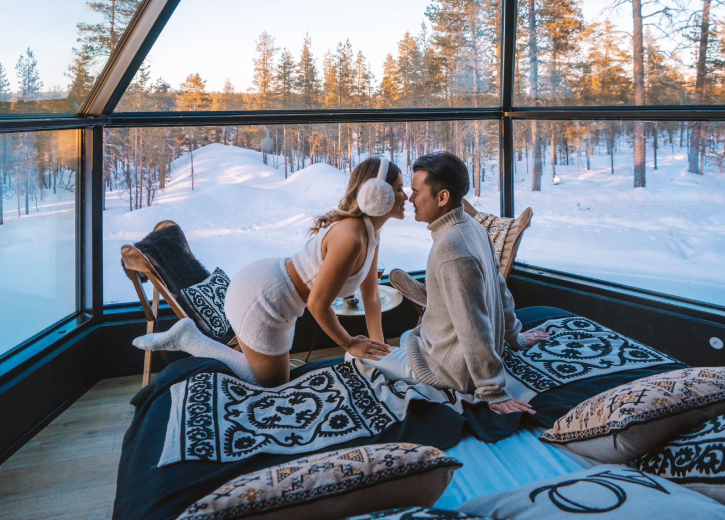The celestial dance of the Northern Lights transforms Lapland’s winter sky into nature’s most magnificent light show. These ethereal green, purple, and blue waves painting the Arctic heavens have captivated humans for millennia. Whilst many travellers dream of witnessing this phenomenon, successfully hunting the aurora borealis requires local knowledge, mobility, and perfect timing. A minivan adventure through Lapland’s snow-draped wilderness offers perhaps the most versatile and rewarding way to experience this magical display, combining comfort with the flexibility needed to chase these elusive lights across Finland’s northernmost reaches.
Why seeing the Northern Lights from a minivan offers unique advantages
Aurora hunting in Lapland presents unique challenges that many first-time visitors underestimate. The Northern Lights are notoriously fickle, appearing when specific atmospheric conditions align perfectly. Cloud cover, even partial, can completely obscure a potentially spectacular display. This unpredictability means that mobility becomes essential for successful aurora viewing, making minivan expeditions particularly advantageous.
Unlike stationary viewing, a minivan adventure allows real-time adaptation to changing weather conditions. Local weather patterns in Lapland can vary dramatically within just a few kilometres – whilst one location might be blanketed in clouds, another spot just 20 minutes away could offer clear skies perfect for aurora viewing. Professional guides continuously monitor conditions throughout the evening, communicating with other guides and using specialised weather applications to identify promising viewing locations. The minivan’s nimbleness allows groups to quickly relocate when cloud formations threaten to obscure the celestial spectacle.
Beyond weather considerations, light pollution presents another significant challenge for aurora hunters. Even small towns emit enough artificial light to diminish the intensity of the Northern Lights. Minivans excel at accessing remote locations far from human settlements, where darkness envelops the landscape completely. These vehicles comfortably navigate Lapland’s winter roads whilst providing a warm sanctuary when temperatures plummet to -30°C or lower. Stepping out to photograph the aurora becomes much more manageable when you know a heated haven awaits just steps away, allowing guests to alternate between outdoor viewing and warming breaks throughout the night.
Our expert-guided approach to Northern Lights hunting
Successful aurora expeditions rely heavily on scientific understanding and local expertise. Our approach combines modern technology with generations of regional knowledge to maximise your chances of witnessing this natural phenomenon. Guides begin preparations hours before departure, analysing solar activity data from space weather observatories that monitor solar flares and coronal mass ejections – the cosmic events that ultimately trigger auroral displays. These solar particles typically take 2-3 days to reach Earth, giving experienced guides advance notice of potential activity.
The evening begins with a detailed briefing on the night’s aurora forecast, explaining the Kp-index (a measure of geomagnetic activity) and how it translates to viewing probability. Rather than promising specific outcomes, guides share transparent information about current conditions and historical patterns. What truly distinguishes professional expeditions is the microclimate awareness that only comes with years of experience in Lapland’s unique geography. Our guides understand how mountain ranges affect cloud formation, which valleys tend to remain clear during certain wind conditions, and which lakes offer both darkness and spectacular reflections of the aurora.
“Understanding the Northern Lights means reading both the sky and the land. Lapland’s topography creates unique pockets of clear weather even on mostly cloudy nights – knowing where to find these clearings makes all the difference.”
Throughout the journey, guides continuously reassess conditions, sometimes visiting 3-4 different locations in a single night. This adaptive approach dramatically improves sighting opportunities compared to static viewing. When the lights do appear, guides assist with camera settings and positioning, ensuring everyone captures memorable images regardless of photographic experience. This combination of scientific knowledge, geographical familiarity, and practical support transforms what could be a frustrating waiting game into an educational adventure through Lapland’s nocturnal landscape.
What makes Lapland the perfect setting for aurora adventures?
Lapland’s position within the “aurora oval” – the ring-shaped zone around the Earth’s magnetic pole where auroral activity concentrates – makes it one of the world’s premier destinations for Northern Lights viewing. This geographical advantage places Finnish Lapland directly under the most active portion of the aurora band for much of the winter season. While the lights occasionally appear further south, the frequency and intensity of displays increase dramatically above the Arctic Circle, where most of Lapland lies.
Beyond geographical positioning, Lapland offers exceptional viewing conditions due to its environmental qualities. Finland’s commitment to preserving natural wilderness has resulted in vast expanses with minimal light pollution. The region’s low population density means even small distances from settlements can yield remarkably dark skies. This darkness is essential for observing the subtler colours and delicate structures within aurora displays that would otherwise be washed out by artificial lighting.
Lapland’s landscape itself enhances the aurora viewing experience. Snow-covered forests, frozen lakes, and fell highlands provide striking foregrounds that transform good aurora photographs into exceptional ones. The region’s extensive network of well-maintained winter roads makes these remote locations accessible even during the depths of winter. This combination of natural darkness, accessible wilderness, and picturesque landscapes creates ideal conditions for both witnessing and photographing the Northern Lights, especially when explored via the mobility of a minivan expedition.
How to prepare for your Northern Lights minivan expedition
Proper preparation significantly enhances your aurora hunting experience in Lapland’s winter conditions. Dressing appropriately is absolutely crucial, as comfortable viewing often means standing relatively still in extreme cold for extended periods. The key lies in effective layering rather than simply wearing bulky clothing. Begin with thermal base layers that wick moisture away from your skin, add insulating mid-layers of wool or fleece, and finish with windproof, breathable outer shells. Pay particular attention to extremities – insulated boots rated for arctic temperatures, double-layer mittens (more effective than gloves), and a balaclava or face mask protect vulnerable areas from frostbite.
For photographers, special considerations apply beyond personal comfort. Batteries drain exceptionally quickly in sub-zero temperatures, so bring multiple spares and keep them in inside pockets close to body heat until needed. Condensation forms rapidly when moving between the warm minivan and cold exterior, so pack microfiber cloths for lens cleaning and consider camera rain covers as protection. For optimal aurora photography, a tripod is essential due to the necessary long exposures. Camera settings typically begin with: aperture as wide as possible (f/2.8-4.0), ISO between 800-3200 depending on aurora brightness, and exposure times between 5-20 seconds. Most guides can assist with adjusting these settings based on current conditions.
- Mental preparation is equally important – aurora hunting involves patience and sometimes lengthy periods of waiting
- Bring hot drinks in a thermos to maintain warmth from within
- Small, high-energy snacks help maintain comfort during extended outings
- Hand and foot warmers provide additional comfort during prolonged viewing sessions
- Headlamps with red light settings preserve night vision while allowing you to adjust equipment
Beyond the lights: complementing your aurora adventure with Lapland experiences
While the Northern Lights often headline Lapland adventures, the region offers a rich tapestry of complementary experiences that enhance your connection to this arctic wonderland. Daytime activities in the same pristine environments where you’ll hunt auroras provide context and appreciation for Lapland’s unique ecosystem. Snowshoeing through ancient forests, cross-country skiing across frozen lakes, or meeting friendly huskies before a dog sledding adventure all build a deeper relationship with the landscape that becomes transformed under the dancing lights.
The contrast between active days and serene nights creates the perfect rhythm for a Lapland journey. After returning from your minivan aurora expedition, the opportunity to continue skygazing from the warmth of a glass-ceiling igloo represents the ideal balance of comfort and immersion. These purpose-built accommodations allow you to drift asleep beneath potential aurora displays without battling the elements, sometimes revealing late-night shows that even dedicated expeditions might miss. The silence of these wilderness settings, interrupted only by the occasional call of a fox or distant howl, completes the sensory experience of true Arctic immersion.
Winter in Lapland moves at a different pace, inviting travellers to synchronise with natural rhythms often lost in modern life. The hushed tranquillity of snow-draped forests, the profound darkness that makes aurora displays so vivid, and the simple pleasure of warming by a fire after hours in the cold – these elements combine to create a multisensory journey that remains with visitors long after they return home. The Northern Lights become not just a bucket-list item checked off but the centrepiece of a holistic arctic experience that reconnects you with natural wonders on a profound level.



